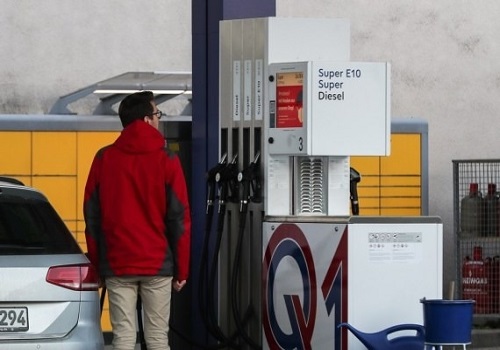Germany`s automotive sector drives industrial production: Destatis

Follow us Now on Telegram ! Get daily 10 - 12 important updates on Business, Finance and Investment. Join our Telegram Channel
Industrial production in Germany increased by 2 per cent month-on-month in February, according to provisional data published by the Federal Statistical Office (Destatis).
Back in January, the increase was 3.7 per cent.
The decline registered at the end of 2022 has now been "more than compensated," said Destatis on Thursday.
Germany's automotive industry, the country's biggest industrial sector, accounted for a "particularly large share of the significant increase in total production" and was up 7.6 per cent month-on-month in February, Xinhua news agency reported.
In the first quarter of 2023, around 1.1 million passenger cars were produced in Germany, according to the country's automotive industry association (VDA). This was 39 per cent higher than in the same quarter of 2022.
On Wednesday, the association raised its 2023 forecast, expecting a nine per cent year-on-year increase to just under 3.8 million vehicles. Despite the positive trend, however, production levels would "still remain significantly below pre-pandemic levels," said VDA.
As energy and raw material prices are cooling, production in energy-intensive industries, such as metal and chemicals, also picked up again and rose by 1.9 per cent month-on-month in February, according to Destatis.
Although Germany's chemical industry is more optimistic, its association (VCI) does "not expect a strong recovery". Due to high energy costs by international standards and a lack of orders, the situation of Germany as a chemical and pharmaceutical location "remains difficult," VCI said in a statement in March 2023.












 320-x-100_uti_gold.jpg" alt="Advertisement">
320-x-100_uti_gold.jpg" alt="Advertisement">












